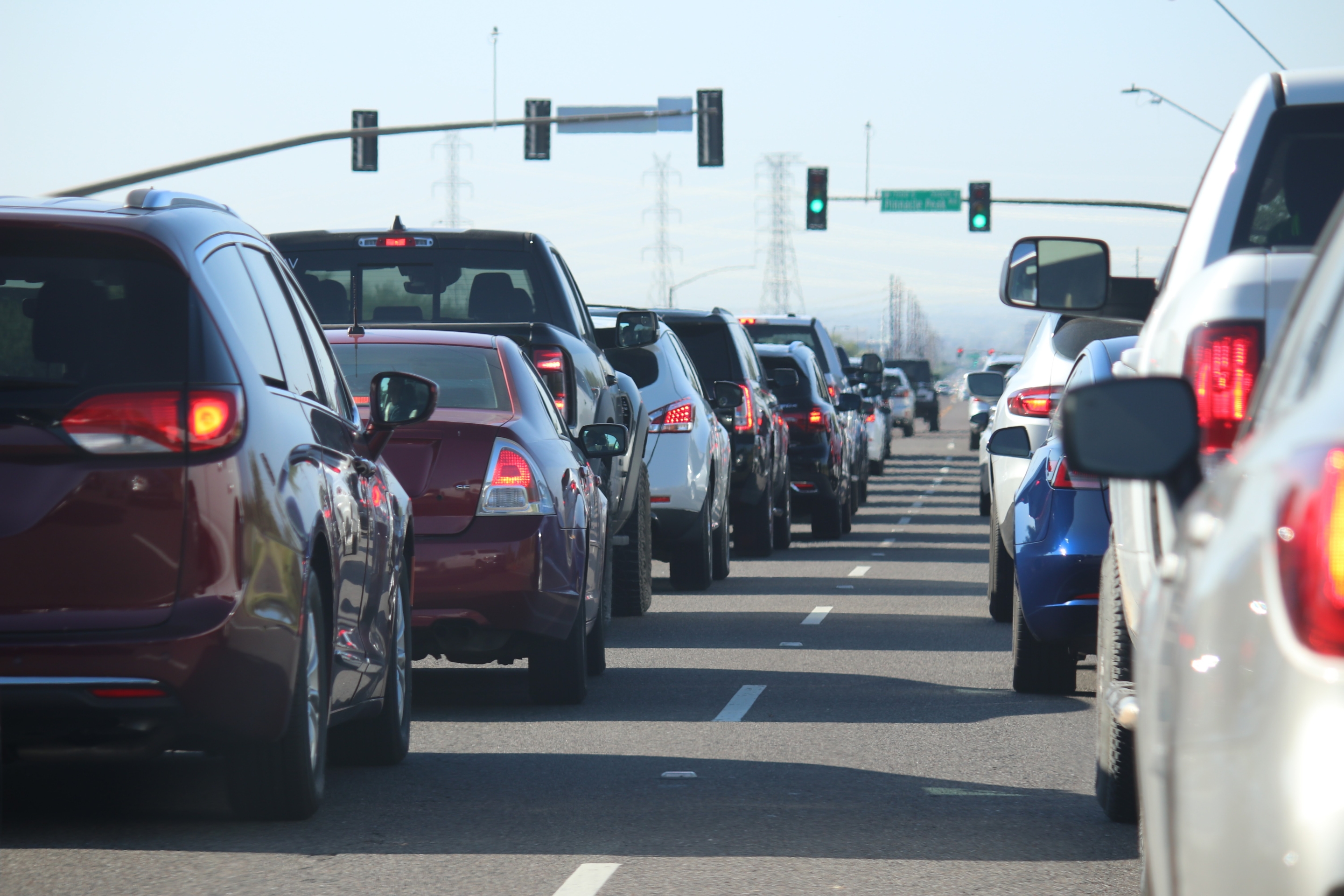
Information about worker commutes from smartphones and fitness trackers can predict individual job performance, according to a Dartmouth-led study.
The study confirms the behavioral and physical effects of commuting on work quality. The study also shows how data from personal tech devices can help improve employee productivity and satisfaction.
“Your commute predicts your day,” said Andrew Campbell, the Albert Bradley Professor of computer science at Dartmouth, the lead researcher and co-author of the study. “This research demonstrates that mobile sensing is capable of identifying how travel to and from the office affects individual workers.”
Participants in the study used a Garmin vivoSmart 3 activity tracker and a smartphone-based sensing app to capture physiological and behavioral patterns during commuting, including activity levels, phone usage, heart rate, and stress. The system also captured external factors such as location, weather, commute duration, and commute variability.
Researchers analyzed data from 275 workers collected over a one-year period prior to the outbreak of the COVID-19 pandemic. The workers, close to 95% of whom drove, were monitored as they traveled. They were also monitored for 30-minute periods before and after commuting.

“We were able to build machine learning models to accurately predict job performance,” said Subigya Nepal a PhD student at Dartmouth and lead author of the paper. “The key was being able to objectively assess commuting stress along with the physiological reaction to the commuting experience.”
The study assessed workers using two recognized criteria of job performance: counterproductive work behavior and organizational citizenship behavior. Counterproductive behavior deliberately harms an organization, whereas citizenship behaviors are beneficial. Baselines for both measures were established regularly through self-reporting questionnaires.
“Compared to low performers, high performers display greater consistency in the time they arrive and leave work,” said Pino Audia, a professor of Management and Organizations at the Tuck School of Business, a senior scientist on the study team, and a co-author of the study. “This dramatically reduces the negative impacts of commuting variability and suggests that the secret to high performance may lie in sticking to better routines.”
Additional differences in the commuting patterns of high and low performers include:
- High performers tend to have physiological indicators that are consistent with physical fitness and stress resilience.
- Low performers have higher stress levels in the times before, during, and after commutes.
- Low performers use their phone more during their commutes.
Overall, the research also found that workers spend more time commuting home from work than they do traveling to work.
According to the study, previous research on commuting indicates that stress, anxiety, and frustration from commuting can lead to a less efficient workforce, increased counterproductive work behavior, and reduced organizational citizenship behavior.
This is the first study using unobtrusive wearables and smartphones to predict worker performance from commuting data alone. According to the researchers, previous studies have used more intrusive and expensive technology—such as headmounts and electrodes—to understand the commuting experience, but no study has previously connected commuting data with the impact on workplace performance.
“The insights from this proof-of-concept study demonstrate that this is an important area of research for future of work,” said Campbell, co-director of Dartmouth’s DartNets Lab.
The study also demonstrates that not all commutes can be bad. By tracking commuting traits such as walking distance and steps, the research confirms that commuters who are involved in active forms of commuting typically experience increased productivity at work.
In the future, the researchers expect that ubiquitous sensing technology will be able to detect commuter stress and offer tailored interventions such as music, podcasts, connecting them to friends and family, or offering tips for short stops.


Leave a Reply